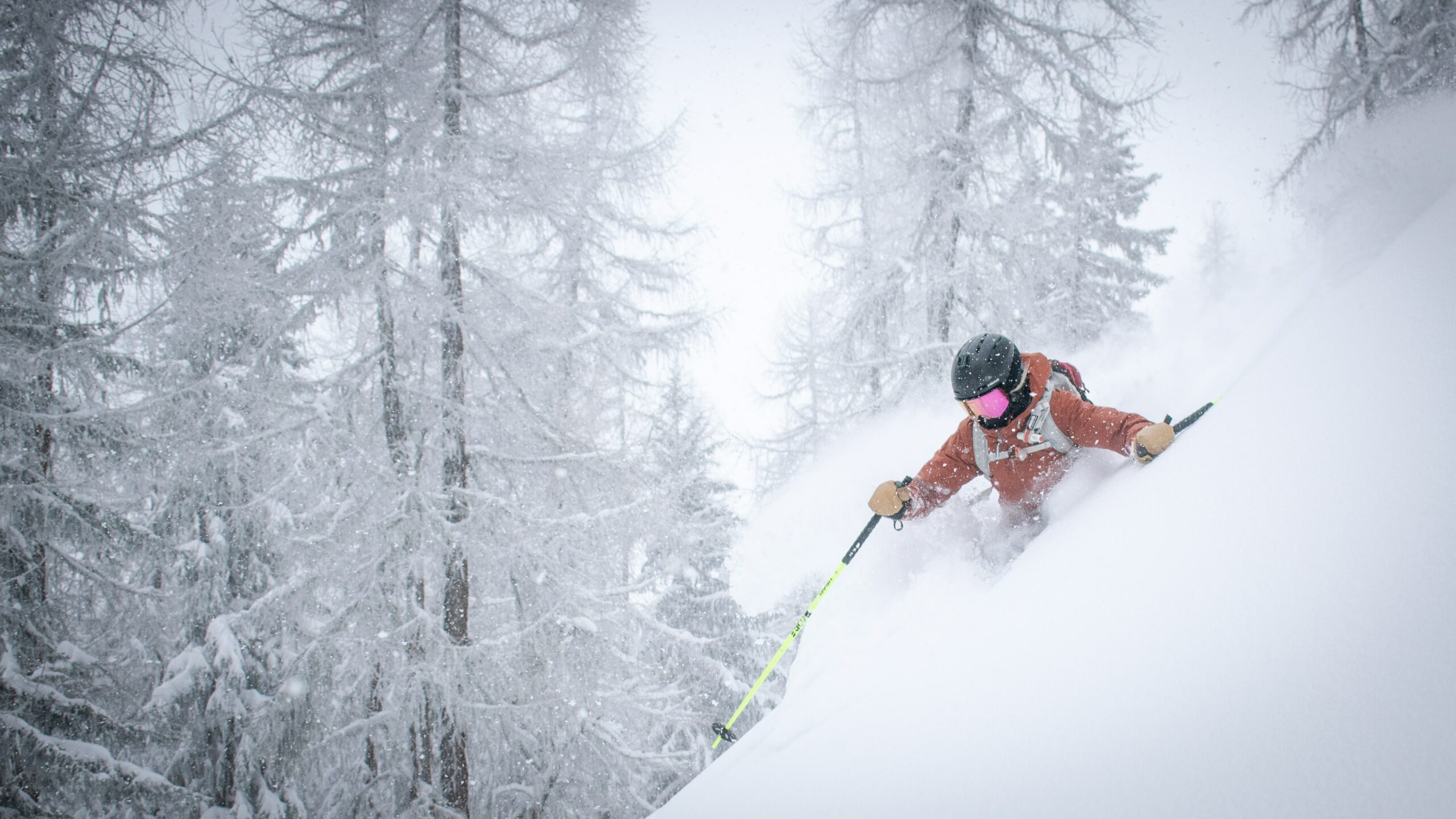Avalanche-Associated Cardiac Arrest
Individuals who participate in winter activities such as backcountry ski activities, ice climbing, snowshoeing, and others are at risk for hypothermia in extreme weather conditions. These patients can suffer from trauma, asphyxia, or hypothermia. Most research has focused on the management of hypothermia and asphyxia in these conditions.

Winter activities increase the risk for hypothermia
As these events often occur in remote locations and can involve multiple individuals, the treatment depends on situational factors such as resources available, length of hypothermia/injury, and numbers involved. Not surprisingly, the longer the patient is buried within the avalanche, the worse the outcomes. Typically, burial over 35 minutes with airway obstruction and cardiac arrest or temperature below 32 degrees C at the rescue is associated with dismal outcomes. The temperature at rescue can be a proxy of burial time as some research suggests that in those conditions, body temperature can decrease by 8-9 degrees C per hour. Potassium levels can also be a prognostic marker with hyperkalemia suggesting asphyxia and lower potassium being correlated with increased survival. Patients should receive full resuscitation, including invasive warming techniques. (Class I, Evidence level C).
Summary
Hypothermia associated cardiac arrest is a unique situation that should prompt consideration for prolonged resuscitative efforts with special alternative treatments. Patients who have not arrested should be warmed according to the level of hypothermia and transported to an appropriate health care facility. The availability of a multidisciplinary team with knowledge in hypothermia management is key.